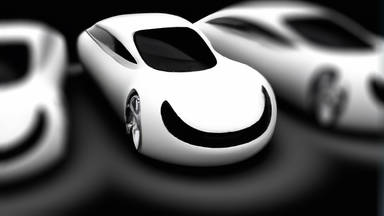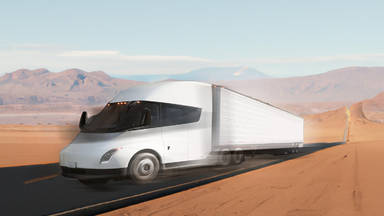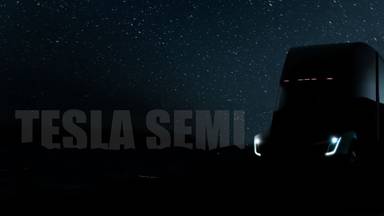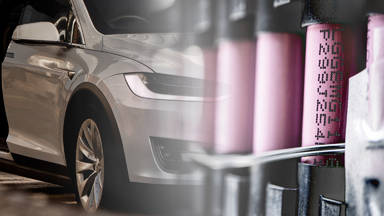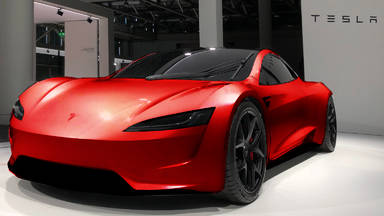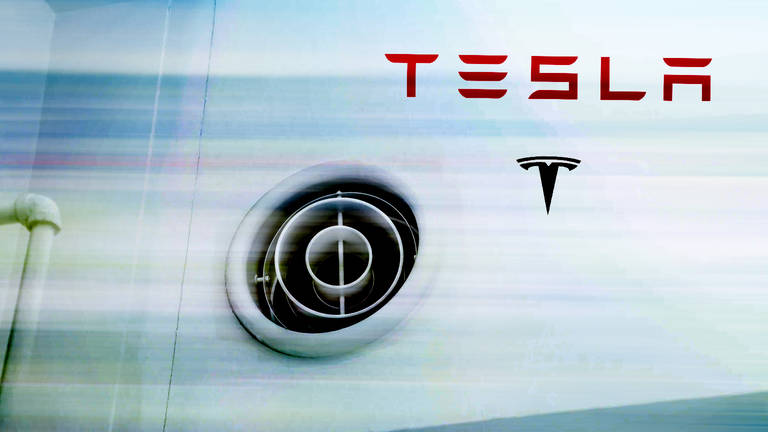
Elon Musk can't help but talk about a Heating-Ventilation-Air-Conditioning, or HVAC product that Tesla is making for homes instead of cars this time around.
Fossil fuel cars are a key environmental threat that Tesla is in the midst of the fight against. Electric vehicles not only eliminate the pollution, but also the owner's cost of driving an EV is significantly lower than a gasoline-powered vehicle with on the order of six times lower fuel cost for electricity compared to gasoline.
Thanks to decreased maintenance, the total cost of ownership for a Tesla is significantly lower compared to other cars with similar sticker prices. Teslas also has some bonus features, including a large HEPA filter that removes toxins from the air. With all of this expertise in vehicles, Tesla is planning to take some of these elements (and more) to build its upcoming Home HVAC System.
Let's take a look at the size and makeup of the current heating ventilation and air conditioning markets, and how Tesla plans to completely disrupt the home energy space.
According to the U.S. Energy Information Administration, the average household in the United States spends about 12 percent of their entire home energy expenditures on air conditioning. In warmer states, that number rises to a staggering 27 percent of energy bills, which is about a third of the total energy a home uses for a year just to try and keep it cool.
Now in the U.S., about 60 percent of households use central air conditioning and 23% use individual AC units. So there is a huge market for these two products, and five percent of households actually use both, which is just under 90 percent of the population using one type of air conditioning or another.
In total it's estimated that the global air conditioner market size is about 78 billion dollars and is growing at around 10% per year. In countries like china air conditioning hasn't been as prevalent as it is in United states. At least not until the last 30 years. During that time period, China has gone from nearly nothing to a staggering 60 percent of its massive population using some form of AC. The country's energy needs have multiplied, with dirty coal actually being their main source of energy to power these electricity hogging machines.
Now consider that India's 1.3 billion people are also beginning to accelerate the use of air conditioning. Only a meager five percent of the Indian population currently use air conditioning. Imagine the burden on the electrical system and the excess amount of power which is required as the number of air conditioners doubles a few times. Not to mention India will have a generally warmer climate in the coming years and will see heavy use of air conditioners.
This is a major set of challenges as well as opportunities to meet the increased demand for a viable solution. No wonder Tesla CEO, Elon Musk, continues to hint that Tesla will soon get into the HVAC business. Elon Musk has set up the company with a mission to free the world from fossil fuels, and while Tesla specializes in making environmentally friendly electric vehicles, there is still a large and growing crisis for residential construction and commercial energy consumption.
Tesla has basically solved many of these problems for cars. Now is the time to apply their technology to another adjacent market. When Tesla comes up with a new product, they normally have a number of goals in mind, and the first and foremost important thing is that they try to get rid of fossil fuels. This is in line with Tesla's mission to transition the world to clean energy, and that energy must also be sustainable, since we have limited fossil fuel reserves on the planet.
Secondly, Tesla strives to provide a great product that is easy to use, and sometimes if they do their job right, you won't even know that it's there. For example, the front airflow in the Model 3 is seamlessly hidden in the dashboard, and so for a home, being as integrated and hidden as possible creates more livable space.
Third, there should be no sacrifices for going green. Actually eliminating the cost of fuel and reducing the cost of electricity has been a by-product of Tesla's vehicles. The home will be the next frontier for which Tesla's products will reduce monthly operating costs.
Elon Musk says that he and that Tesla's team may start work on a home HVAC system as early as next year and is pretty confident that they can develop a reliable and quiet system that is significantly better than existing HVAC systems. Depending on the size of the house, this upcoming HVAC, which Elon Musk has clearly already thought out, will be stackable, much like Tesla's power wall batteries. By assembling more of them, they can be more powerful and have more capacity for heating or cooling larger homes.
This is extremely important and should be emphasized and not be overlooked. In order to reduce the costs and hit the mass market Tesla needs to design its products to be highly manufacturable. An HVAC system that is stackable or rather modular may be a better term. Like many of Tesla's other products, that means that Tesla only needs to manufacture a single product. For example if Tesla's HVAC unit is equivalent to a 1 ton air conditioner, All you have to do to make a 4 ton air conditioner is put four of these together. This is very different from other manufacturers who sell one of every type, size, and flavor product. Tesla focusing on one thing makes it easier to manage and much cheaper and easier to manufacture at scale.
The overall hvac market according to statista, was 240 billion dollars in 2019, and is estimated at 367 billion dollars by 2030. This reflects an annual growth rate of 3.9 percent. With regards to Tesla, it is important to know that with their HVAC product they would be entering a large and growing market. However, Tesla can actually expand this market by offering something new and innovative that the market hasn't really seen before and they can charge a premium for it.
For example if Tesla combines other features in the home, such as a hot-water heater, air purifier, water filtration, and smart capabilities into their offering then the addressable market actually expands, meaning Tesla could make more money on every product they sell.
At the same time, this still saves customers money and the hassle of buying many separate products that can be coordinated with each other. In addition, Tesla can sell accessories, software and services which can also expand the market and make Tesla's business less comparable to traditional players in the field. Overall, The HVAC market is a huge playing field for Tesla to disrupt and is perfectly in line with Tesla's mission to end fossil fuels while bringing its customers closer to energy independence.
